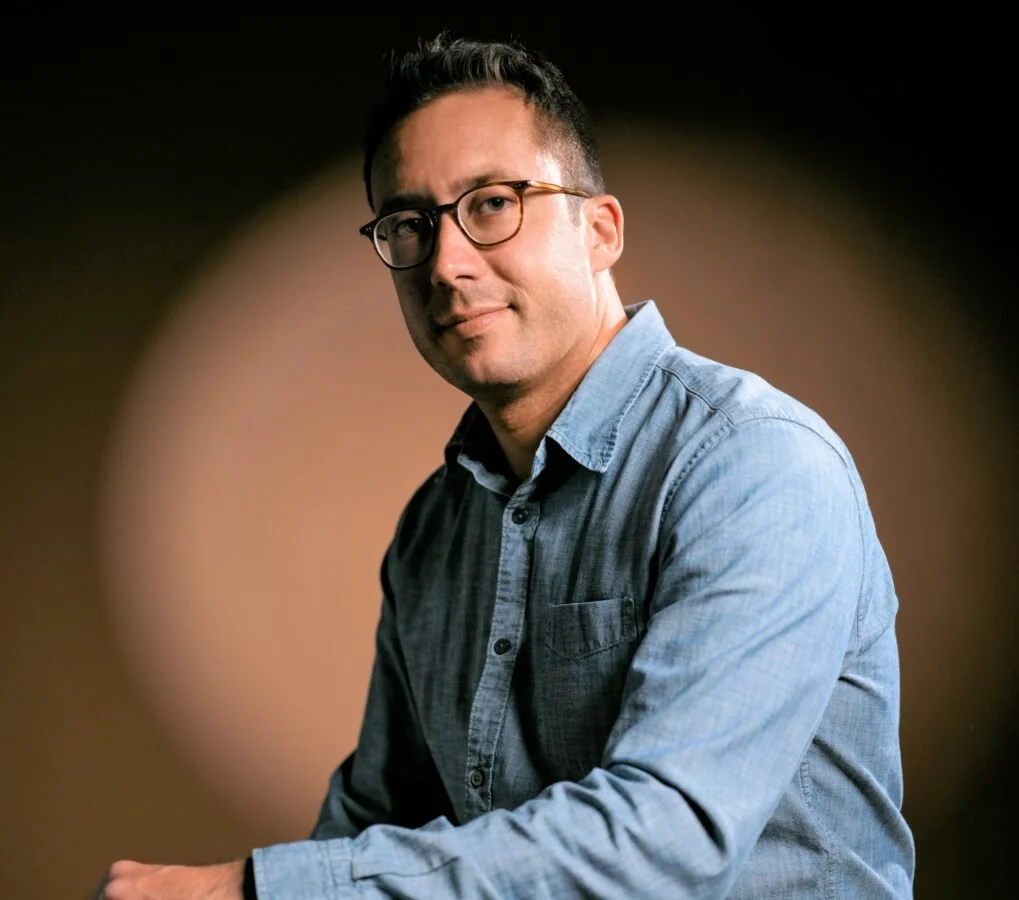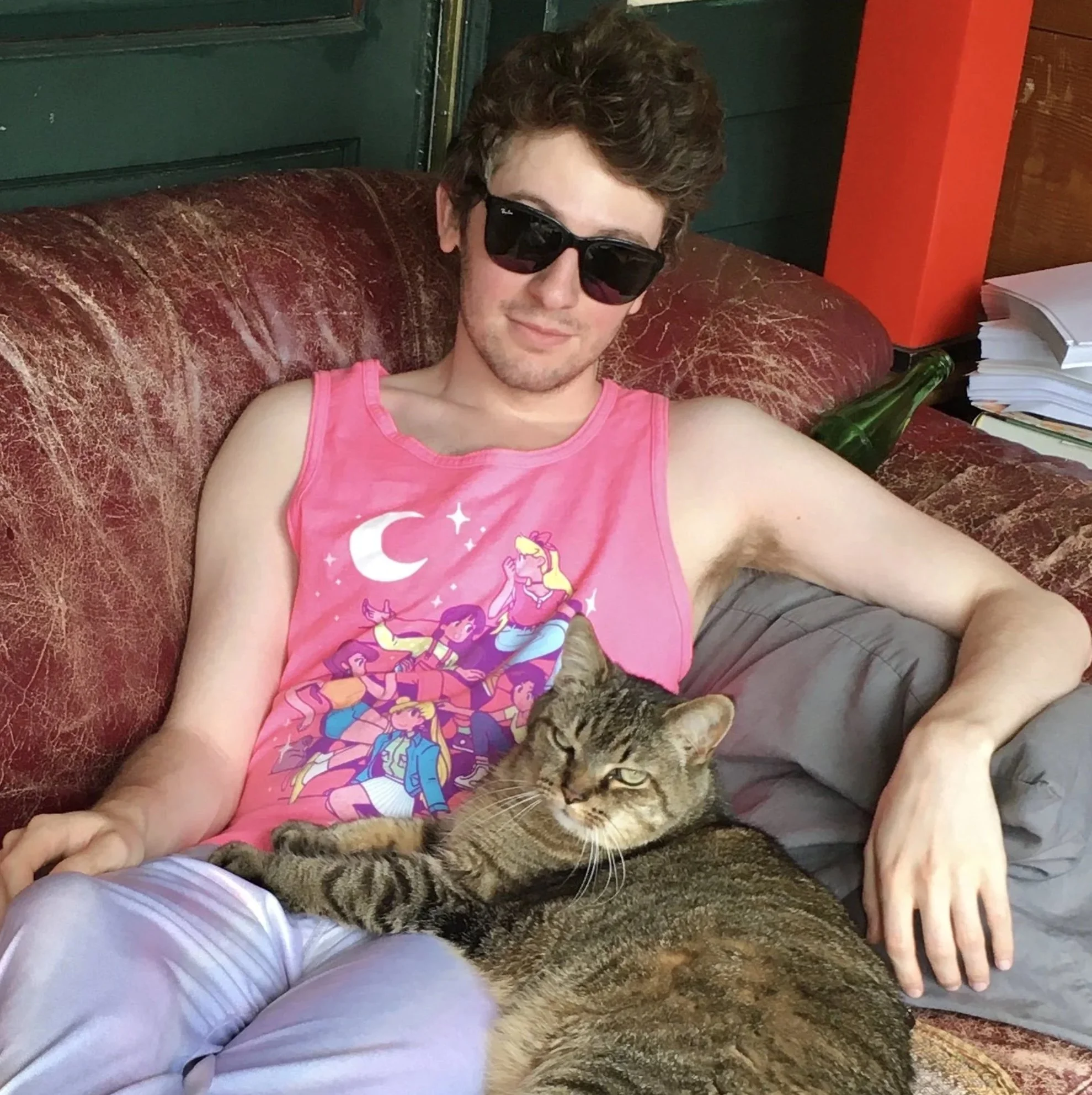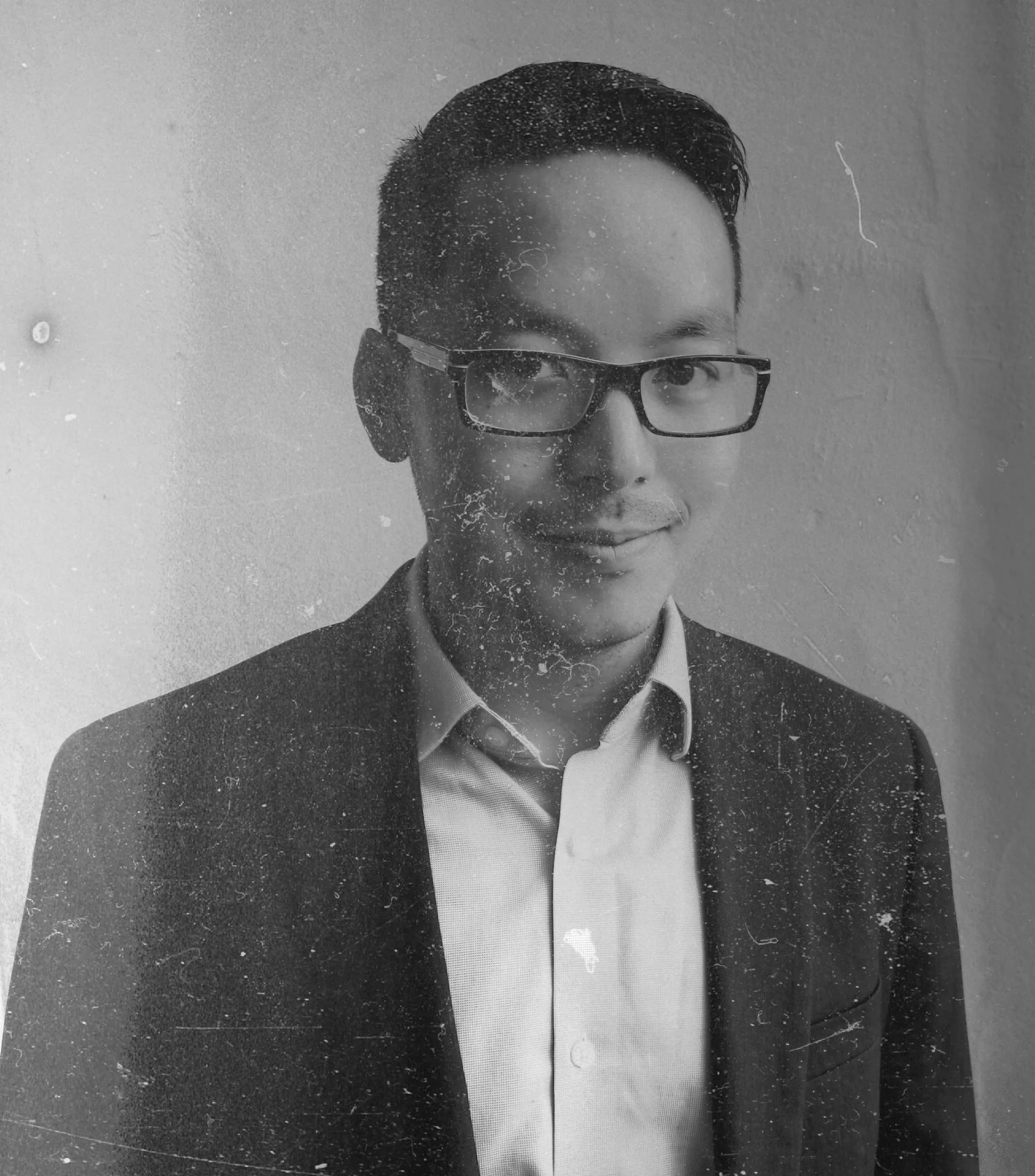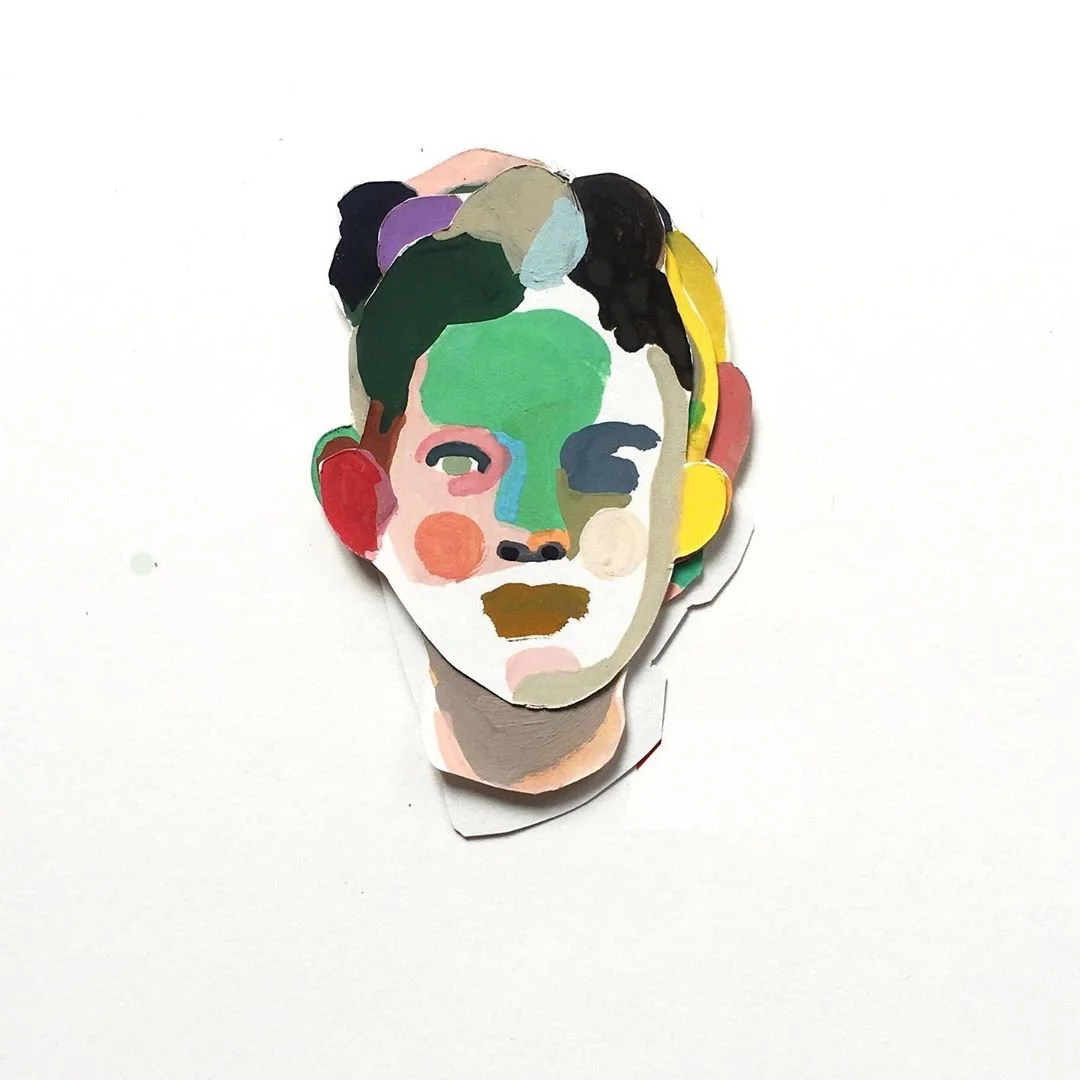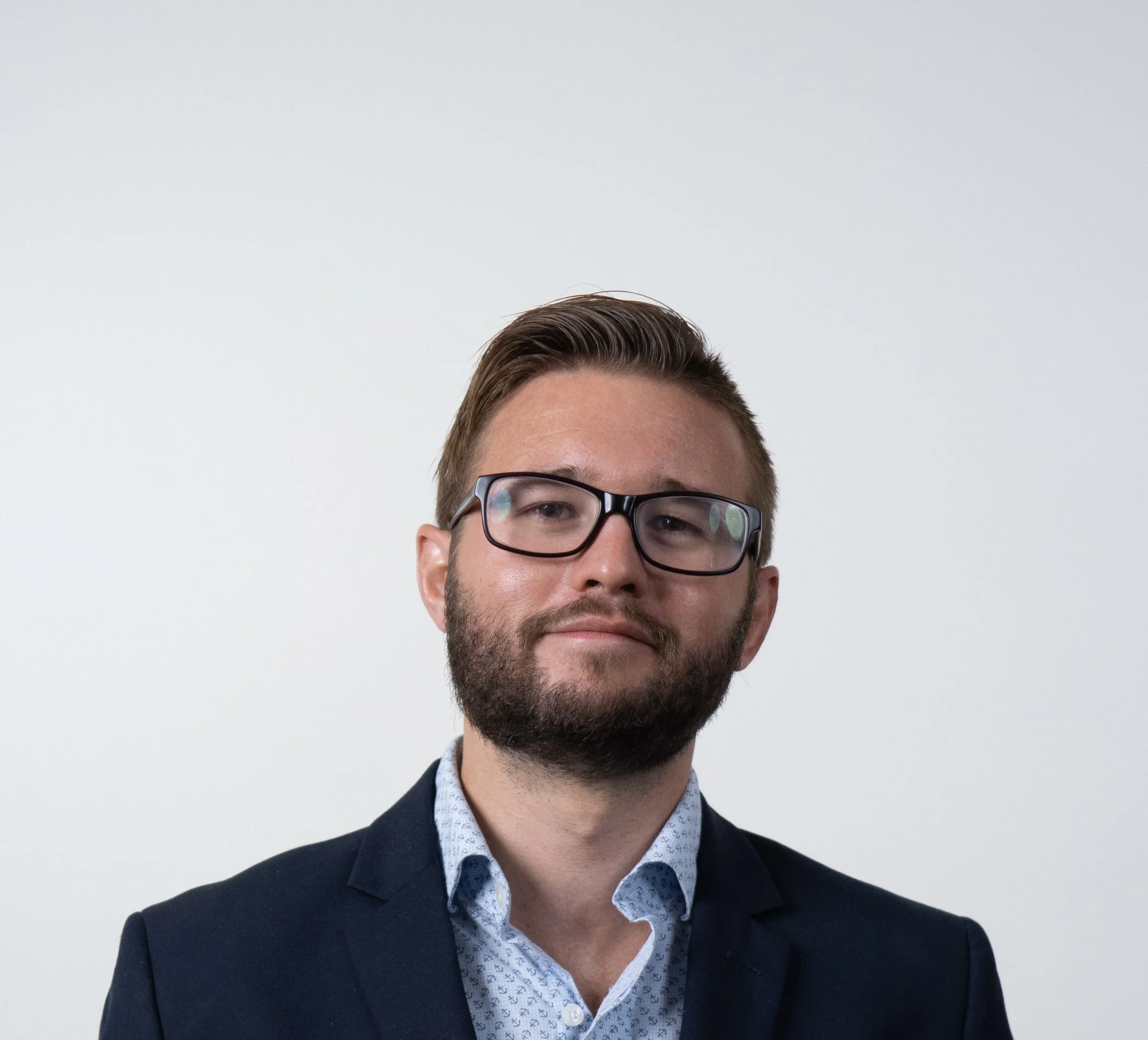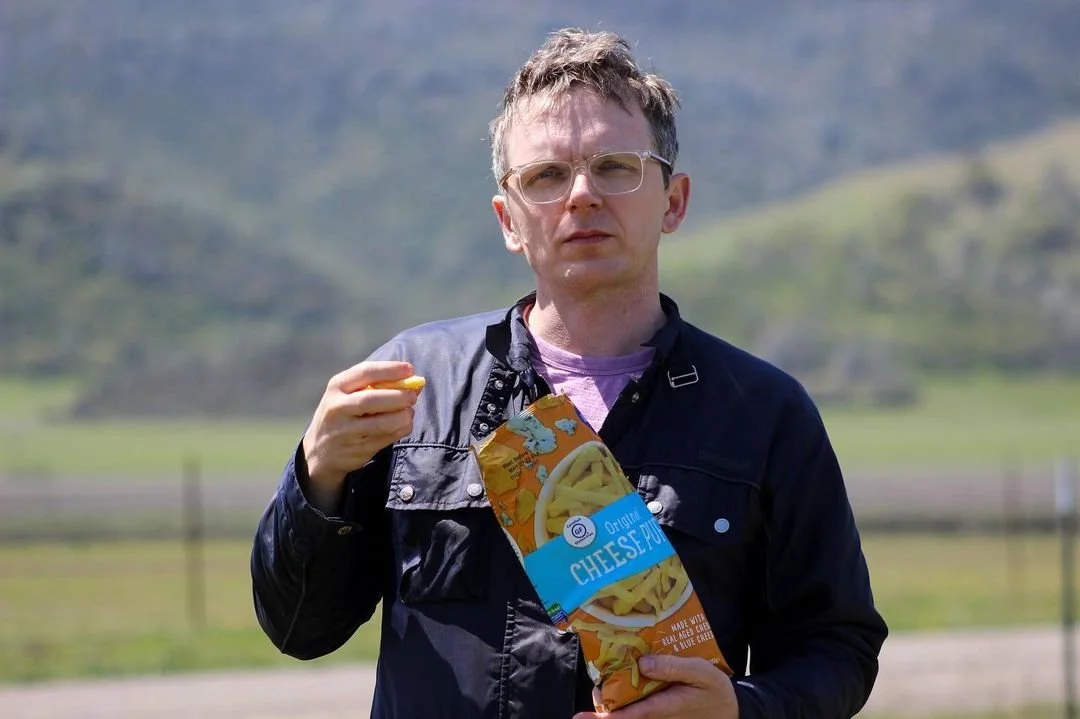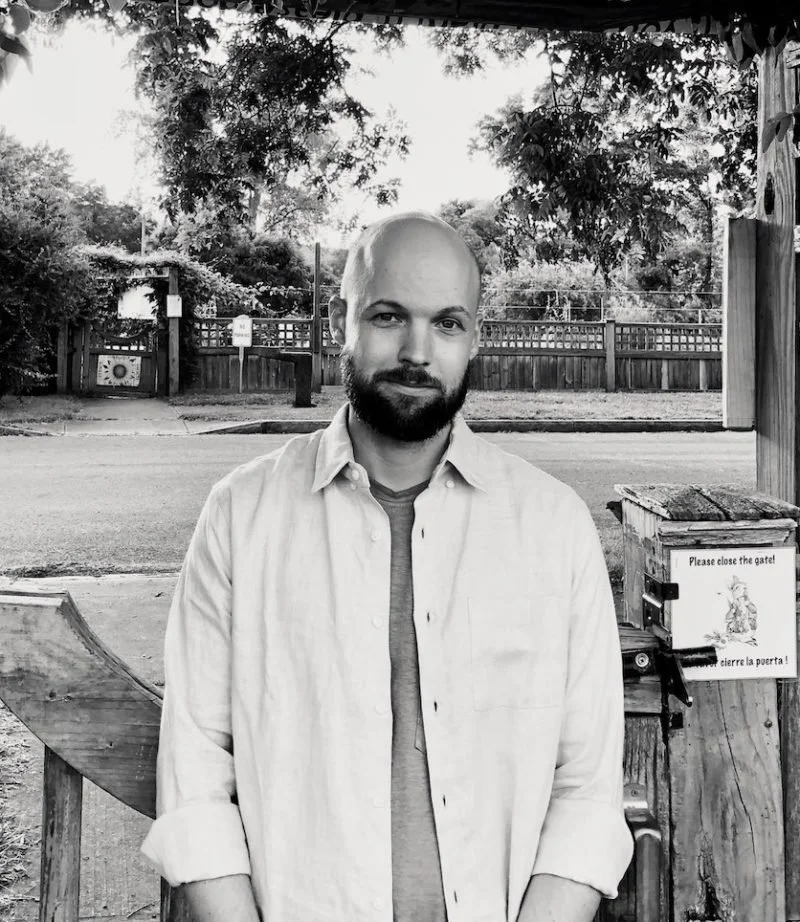You’ll Like it Here (Dalkey Archive, 2022) is one of the most original and absurd and entertaining books I've ever read. Pulling from newspaper clippings of Redondo Beach in the early 1900s, author Ashton Politanoff (a Redondo Beach resident himself) has assembled a fever dream compendium from 100 years ago. War, murder, thievery, and even the Spanish flu: it all resonates with today while still feeling like a trip back in time. Like stumbling into an antique shop and finding a stack of postcards addressed to you.
Made up of snapshot vignettes toeing the line between microfiction, prose poetry, and hallucinatory news articles, this book is a masterclass in precision and concision.
With an approaching publication date for August 16, I spoke with Politanoff - a professor at Cypress College and a frequent contributor to the acclaimed journal NOON - about his debut novel, his practice with research, his work in television, his mixture of media, and much more.
You mention in the introduction how you first began going through old photographs of Redondo Beach following your mother's passing in 2014. How soon into this dive into past archives did you begin writing?
I mainly ruminated on one clipping I found that I haven’t been able to retrieve since: a man fakes his own death only to be discovered alive and well in Chicago years later.
The search for this clipping led me to others.
Did you begin by writing alongside the photographs? When did the articles and found text come into play?
I’ve been trying to find a way into the South Bay community for some time, researching other eras, talking to locals. I like the photographs of LeRoy Grannis. Initially I thought I would do something set in the 60s.
Beginning back in 2014 and releasing in 2022, is this something that you have been tinkering with for 6-8 years?
I’ve been dipping into the archives since 2014, but this project was mainly constructed and written in 2019 and early 2020.
For something like this, where the generative return seems to be endless, how did you know when to stop / how to stop?
When COVID happened, I saw some parallels with the news stories I found. I saw a natural arc and an end point.
So you have all of these fragments and sections and snippets. What was it like ordering and arranging this book?
I decided to break the book into three parts similar to a three-act structure. I worked in television for a number of years, so I am influenced by dramatic structure. With this in mind, I organized the pieces accordingly. There was a lot of printing and shuffling and reshuffling on my bedroom floor.
I'd love to speak a little on toeing the line between fact and fiction. At the end of your book, you say, "While I have used historical situations and newspaper clippings as the basis of this project, names have been changed, dramatic structure has been favored over historical accuracy, and facts have been expanded, all with the aim toward fiction and my own poetic and aesthetic concerns." Can you speak a bit about how you sculpted these pieces using found histories along with your own voice?
I value objects, drama, and language. I worked on these clippings until they satisfied me. I tried to enrich the text with objects of the era. Some stories required a lot of intervention and fictional extension, others some reduction and editing.
Because of the found text, and because of the sparse/micro entries, and perhaps because you're both in NOON, I found myself thinking of Kathryn Scanlan's Aug 9-Fog while reading this. Not the tone or anything, but this fascination with uncovering the past and making it your own. Were there other books/authors/moodboards that inspired you while creating this hybrid form?
I’ve taught Steinbeck’s Cannery Row in the past. A few surfers I know admire his Log from the Sea of Cortez. One remarked that there is old language in there, that we ought to bring some of that old language back. That notion has been echoing in my mind for a bit.
Diane Williams and all the writers she publishes inspire me. Kathryn is one of my favorite working artists.
Do you consider this book to be a "novel"?
I do consider it a novel as in “something new.” But I must admit I have difficulty categorizing the book myself.
During the pandemic, did you have trouble reading/writing, or were you able to use that isolation time to your advantage? In other words, what are you currently working on?
I’ve been writing short stories for some time, and I have a collection that is nearly ready to go. I’ve also started another project.
Outside of your own art and writing, what albums/artists/plays/films have captivated you in recent months?
I’ve been getting back into photography. I minored in it in college. I enjoy looking at the work of many of the Magnum photographers.
For this ongoing author interview series, I'm asking for everyone to present a writing prompt. It can be as abstract or as concrete as you choose.
Take an object that is important to you and write about it. See where the writing goes!
In closing, do you have any advice for fellow writers? Or rather, what's something you would have liked to have known when you first started writing seriously?
I agree with the often-mentioned notion of following your interests and letting that feed your writing/art.
